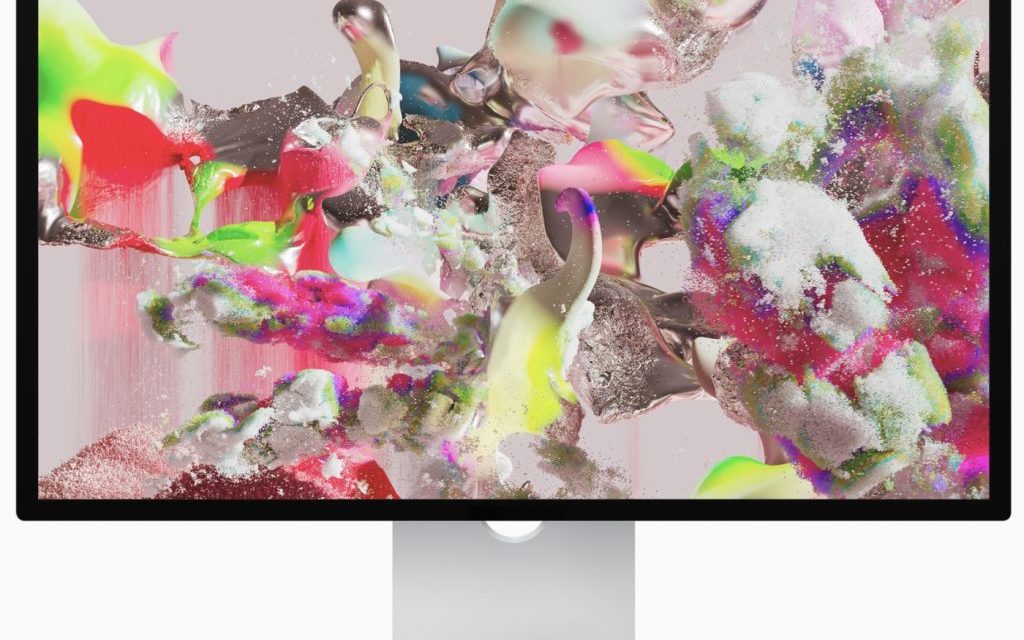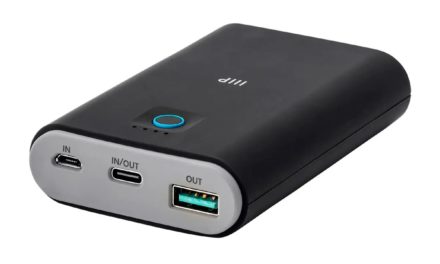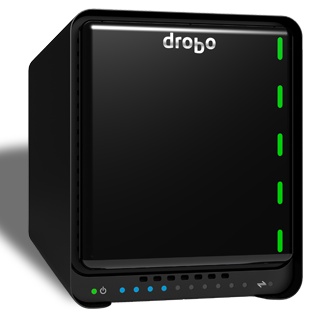As I said when it was introduced, Apple’s new Studio Display is the external monitor I’ve long wanted — but it could have been even better. Here’s the short version of my opinion: the display and speakers are superb, the webcam is disappointing, and there are features I wished Apple had included.
The display itself
The Studio Display boasts an expansive 27-inch 5K Retina display that serves up over 5120 x 2880 resolution, 14.7 million pixels with 600 nits of brightness, P3 wide color, and support for over one billion colors. True Tone technology automatically adjusts the display’s color temperature as the environment changes for a more natural viewing experience.
Working with photos and viewing videos, TV shows, and movies on the Studio Display is a delight. Colors are accurate, bright and vivid.
Initially, I was disappointed that the monitor doesn’t support ProMotion. ProMotion is Apple’s name for the adaptive, high refresh rate, 120Hz display first available on the iPad Pro. While a standard refresh rate will update a display 60 times a second (60Hz), the ProMotion’s adaptive 120Hz screen works at twice this speed. This results in smoother scrolling, improved responsiveness, and better gaming performance. However, I’ve since learned that 5K displays at 120Hz just aren’t possible with current technology.
Still, the new display offers no support for HDR (High Dynamic Range). To oversimplify things, HDR describes content that provides a wide range of luminance and color that allows brighter scenes with more contrast and colors.
An anti-reflective coating enables low reflectivity for better comfort and readability. For workspaces with bright light sources, including sunlight, Studio Display offers a nano-texture glass option (though it will, of course, cost you). Nano-texture glass, first introduced on Pro Display XDR, scatters light to further minimize glare while delivering outstanding image quality.
Design
The Studio Display sits on an L-shaped stand and is made from a single piece of aluminum. It’s an elegant design and one much better suited to the Apple aesthetic than the plastic LG UltraFine 5K and 4K displays that were the “official” displays offered by the tech giant for years. (That said, the displays themselves on the LG monitors were very impressive).
Another complaint about the Studio Display: you can’t adjust the height with the stand that comes with the base model. For that you’ll need to fork out any extra $400 for a tilt-and-height adjustable stand.
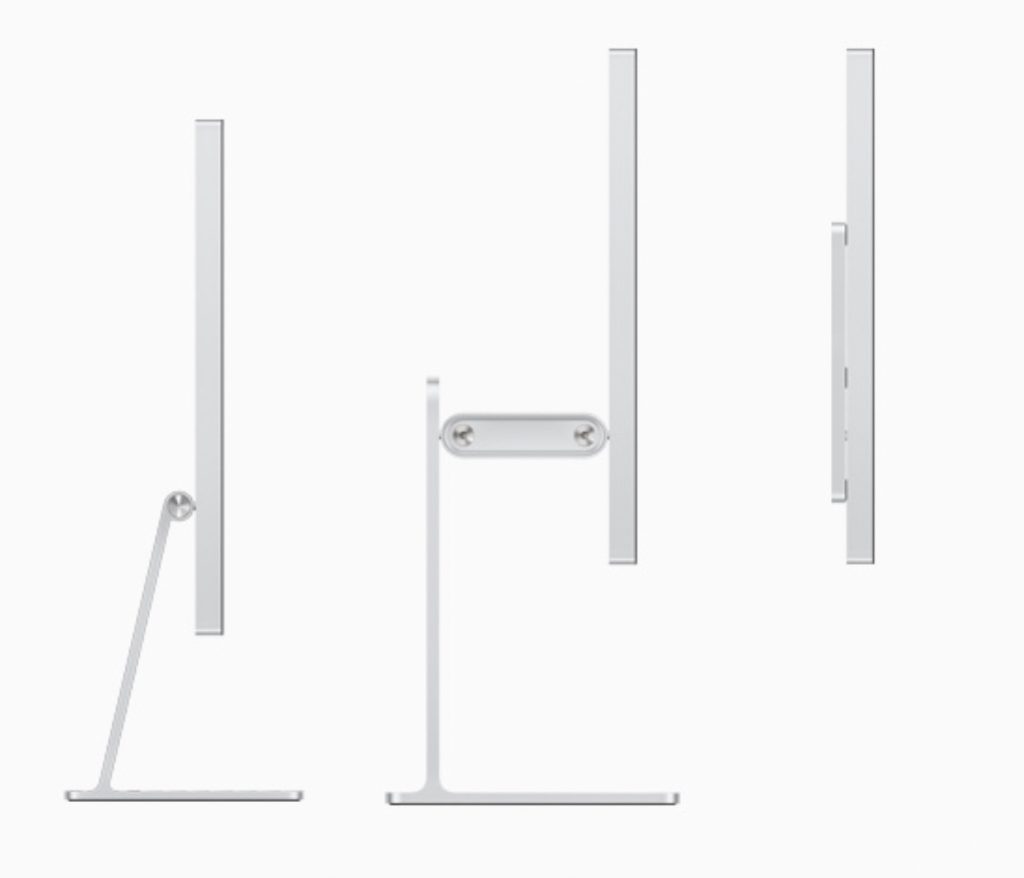
At first it was reported that you were stuck with whatever stand you ordered. In other words, you couldn’t buy the base model, then later add a tilt-and-height stand to the display.
However, as MacRumors reported, while the fine print on Apple’s website says Studio Display stands and VESA mount adapters are “not interchangeable,” customers can visit an Apple Store or Apple Authorized Service Provider to have their Studio Display reconfigured after purchase.
That’s nice. But, really, Apple? An extra $400 to be able to tilt the screen and raise it up and down for a $1,599 (and up) display that’s not inexpensive to begin with?!
Another interesting design feature is that the Studio Display uses a non-standard power connector on the back instead of the typical power connector that comes with most monitors. Technically, it’s removable, but you probably shouldn’t pull it out.
Apple ships the Studio Display with the cable attached and in place. So don’t waste looking for it in the box (as I did).
In keeping with Apple’s minimalist preferences, there are no buttons on the Studio Display. It runs entirely on software, senses when you plug the USB-C into your Mac, and powers up automatically.
(A bit of interesting trivia: the new display not only packs an A13 processor, but has 64GB of storage and runs iOS 15.4.)
Camera and audio system
Featuring the A13 Bionic chip (the same found in the latest iPads), the Studio Display packs an advanced camera and audio system. It includes a 12MP Ultra Wide camera with Center Stage, a feature that automatically keeps users centered in the frame as they move around for even more engaging video calls. This is the first time Center Stage has been available on a Mac. Sweet!
When it comes to audio, the Studio Display packs a studio-quality, three-microphone array with a low noise floor so conference calls sound crisp. It also features a high-fidelity six-speaker sound system, which Apple says is the best ever created for the Mac — and I can attest to that.
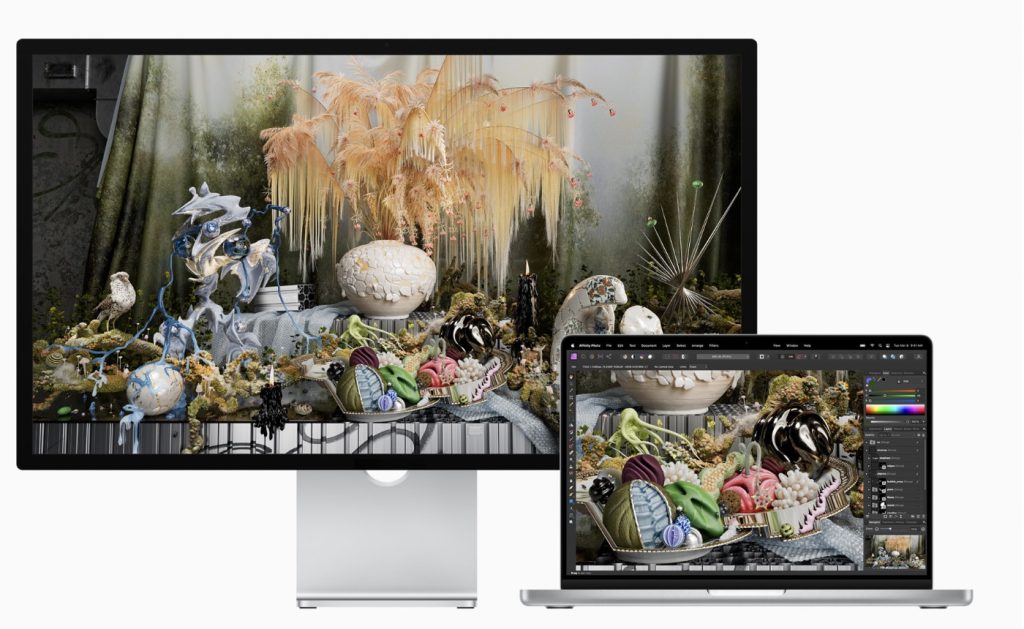
There are four force-cancelling woofers and two high-performance tweeters. The speakers also support spatial audio for music and video with Dolby Atmos. The best built-in speakers I had previously heard were those on the 24-inch iMac. However, the Studio Display’s sound system kicks things up another notch.
Music and movies sound fantastic. The speaker system offers loud and clear sound quality with a good depth of bass.
About that webcam
Then there’s the webcam. The Studio Display has a 12-megapixel webcam with an f/2.4 aperture and an ultra-wide 122-degree field of view. However, the image quality isn’t nearly as good as that of the webcams on the 24-inch iMac and 14-inch/16-inch MacBook Pro. In good light, it’s disappointing. In low light, it’s …. well …. just bad.
Apple says a firmware upgrade will fix the issue. Still, you’d think this glitch would have caught before the monitor shipped to users.
Connectivity
The Studio Display has three USB-C ports that deliver speeds up to 10Gb/s. Thunderbolt port enables users to connect Studio Display and any connected peripherals to their Mac with a single cable. The same cable also delivers 96W of power to a Mac notebook, allowing the Studio Display to fast-charge a 14-inch MacBook Pro. And up to three Studio Displays can be connected to a MacBook Pro.
Pricing and availability
The Studio Display is available to order on apple.com/store and in the Apple Store app. It began arriving to customers, and was in select Apple Store locations and Apple Authorized Resellers, beginning Friday, March 18. However, orders may or may not be backed up.
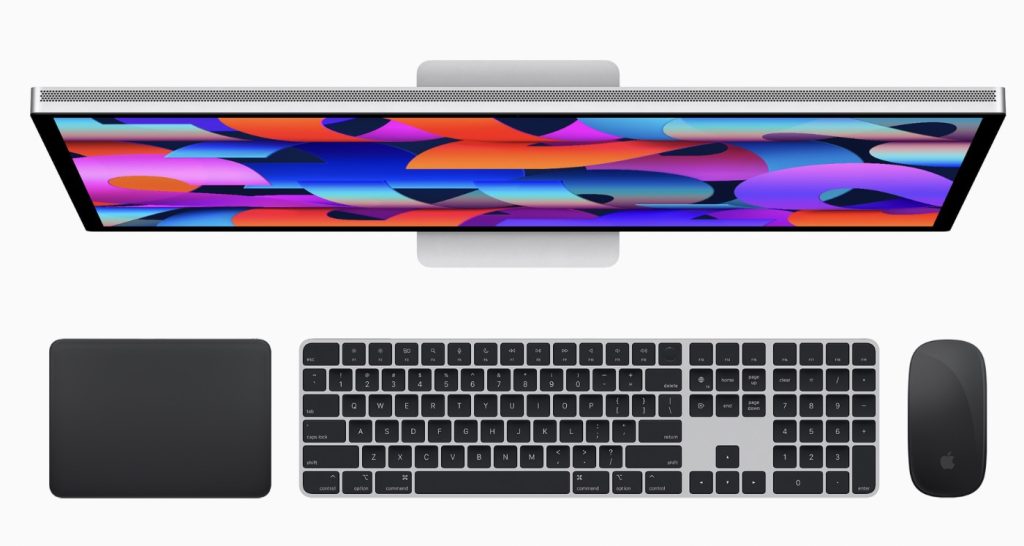
The Studio Display costs US$1,599, and $1,499 for education. Additional technical specifications, including nano-texture glass and a choice of stand options, are available at apple.com/store. The nano-texture glass option adds $300 to the price, while the tilt-and-height adjustable stand adds $400.
Review overview
The Pros
- Fantastic display
- great speaker system
- elegant design
The Cons
- Not height adjustable
- no ProMotion
- no HDR
summary
8.4Apple has promoted the Studio Display as the perfect complement to the new Mac Studio desktop. However, most Macs sold are laptops, and the Studio Display is a fine monitor/display for use with them. There are less expensive monitors and bigger displays. And the Studio Display could have been even better, but it’s still the best overall monitor for Mac users who can afford it.
Article provided with permission from AppleWorld.Today

